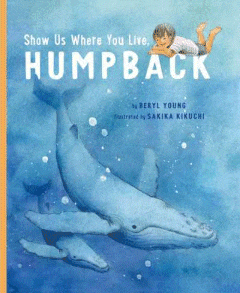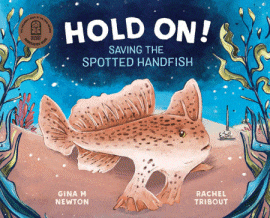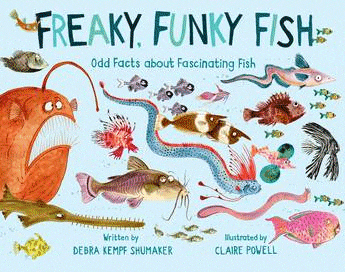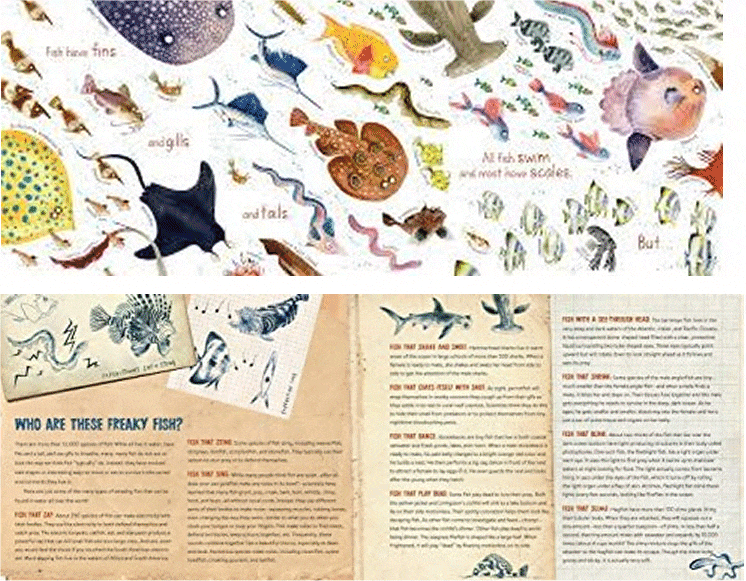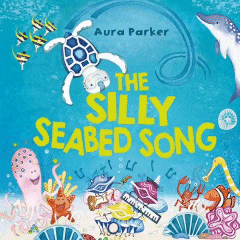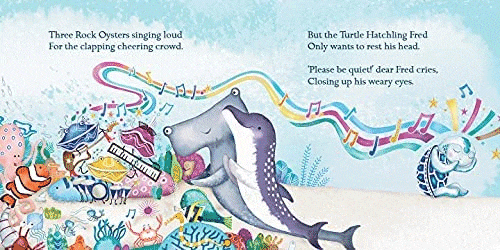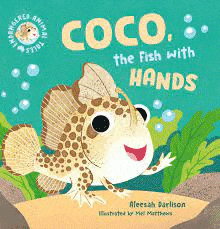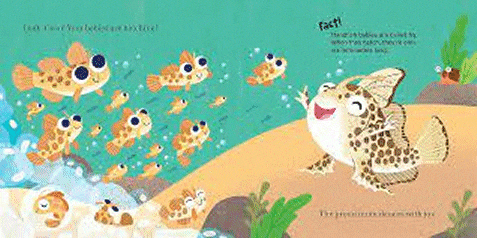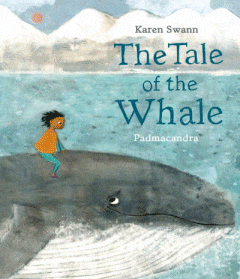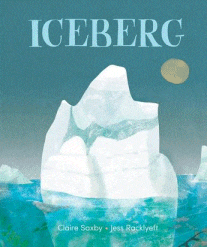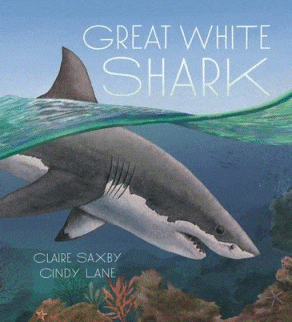
Great White Shark
Great White Shark
Claire Saxby
Cindy Lane
Walker Books, 2021
32pp., hbk., RRP $A26.99
9781760651848
Open the cover of this latest in the Nature Storybooks series, and there, swimming right at you, is a great white shark.
But those piercing eyes and sharp white teeth are not looking for you.
The great white shark swims on. Her tail sways side-to-side; her fins keep her balanced. She travels the fast lane where she can, cruising invisible seaways towards warmer waters as her pup grow inside her and where they will thrive in where there are plenty of fish.
Claire Saxby’s name is synonymous with this series, known for crafting intriguing stories based on meticulous research that personify the focus creature so it comes alive for the reader. And given the emotions that this apex predator evokes whenever its name is spoken, this is going to attract and captivate a wide range of young readers. When she catches a young fur seal and an unwary turtle. it is viewed as her needing a feed to sustain herself and her babies rather than an act of cruelty or menace – it is the cycle of life.
As the story unfolds to the birth of the young who must immediately fend for themselves because their mother swims on in her relentless quest, leaving on the endpages as she came, it is accompanied, as usual, by short pieces of information that explain her behaviour in factual terms and these are brought together at the end is a brief piece about great white sharks in general.
The illustrations are stunning, particularly the depiction of the water and its colours and moods and I was immediately reminded of the beginning of The Incredibly Busy Mind of Bowen Bartholomew Crisp whose autistic mind knows that “the top can be green or blue depending on the sky, that the waves crash white but in the depths where no sunlight reaches it is black as the darkest night”. Illustrator Cindy Lane says she “loves to make her own paints with materials she finds in nature, and collects waters from all over the world to use in her paintings. Seawaters from across Australia were used in Great White Shark” and while this is her first picture book, hopefully there will be many more.
Sharks of all kinds fascinate young readers and this one is going to be a favourite so enriching its exploration with the teachers’ notes is a must.
